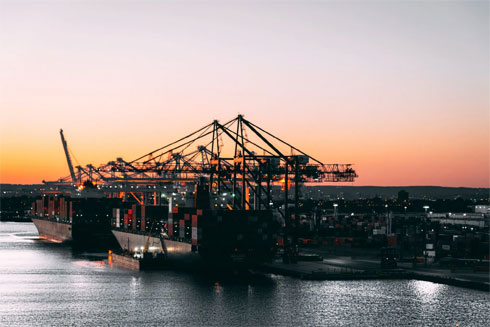The Most Affected Ship Routes from the New EU ETS Regulatory Framework

The European Union Emission Trading System (EU ETS) has embarked on
a path of extensive reform by including the maritime sector in its
carbon trading program starting from 2024. As this historic change
looms on the horizon, it’s crucial to understand which ship routes
are poised to be the most affected by this new regulatory framework.
This article delves into the potential impact of the EU ETS on
specific ship routes, exploring the routes that will experience the
greatest adjustments and challenges.
Intra-European Routes
Ship routes within the European Union will be particularly affected
by the new EU ETS regulations. Intra-European shipping represents a
significant portion of maritime activities, connecting major
industrial and commercial centers.
Routes between EU member states will face stricter emissions limits,
forcing ships operating within these areas to reduce their carbon
footprint significantly.
This will likely lead to a swift adoption of cleaner technologies
and fuels.
Transatlantic and Transpacific Routes
Transatlantic and Transpacific routes are vital arteries of global
trade and are often served by large cargo vessels. These long-haul
routes can expect substantial changes as they enter and exit EU
waters. Ships navigating these routes will need to comply with the
EU ETS regulations while in European waters, potentially leading to
operational adjustments. This could impact routes connecting Europe
with North America, South America, and Asia.
Mediterranean and Baltic Routes
The Mediterranean and Baltic Seas are crucial for both regional and
international trade. Ships operating in these areas will encounter
strict emissions targets, especially as they approach EU ports.
These routes may witness increased investments in fuel-efficient
technologies and alternative fuels to ensure compliance with EU ETS
regulations.
North Sea and English Channel Routes
Ships traveling through the North Sea and the English Channel are
often subject to some of the busiest and most environmentally
sensitive waters in the world. These routes serve as gateways to
many European ports. The inclusion of the maritime sector in the EU
ETS means that ships entering these waters will face rigorous
emissions restrictions, which may necessitate changes in vessel
technology and practices.
Arctic Routes
While not directly within the EU, the Arctic routes, such as the
Northern Sea Route and the Northwest Passage, may indirectly be
affected by the EU ETS. As climate change leads to increased ice
melt, these routes have gained importance. The EU ETS regulations
may influence shipping companies operating in the Arctic,
encouraging the adoption of cleaner technologies due to potential
access to EU ports.
Busy EU Ports
Major EU ports, including Rotterdam, Hamburg, Antwerp, and
Barcelona, are key hubs for international trade.
Ships calling on these ports will be under the direct influence of
the EU ETS regulations. The cost of emissions allowances,
investments in cleaner technologies, and emissions reporting will
all impact the routes that connect to these busy ports.
The expansion of the EU ETS regulatory framework to include the
maritime sector from 2024 marks a significant milestone in the
global effort to combat climate change. As a result, ship routes
traversing European waters and connecting with EU ports will be
among the most affected by these regulations. Shipping companies and
fleet operators must prepare for the changes by investing in cleaner
technologies, monitoring carbon markets, and ensuring compliance
with emissions limits. The integration of the maritime sector into
the EU ETS reflects a commitment to reducing carbon emissions and
driving the adoption of sustainable practices in the shipping
industry.